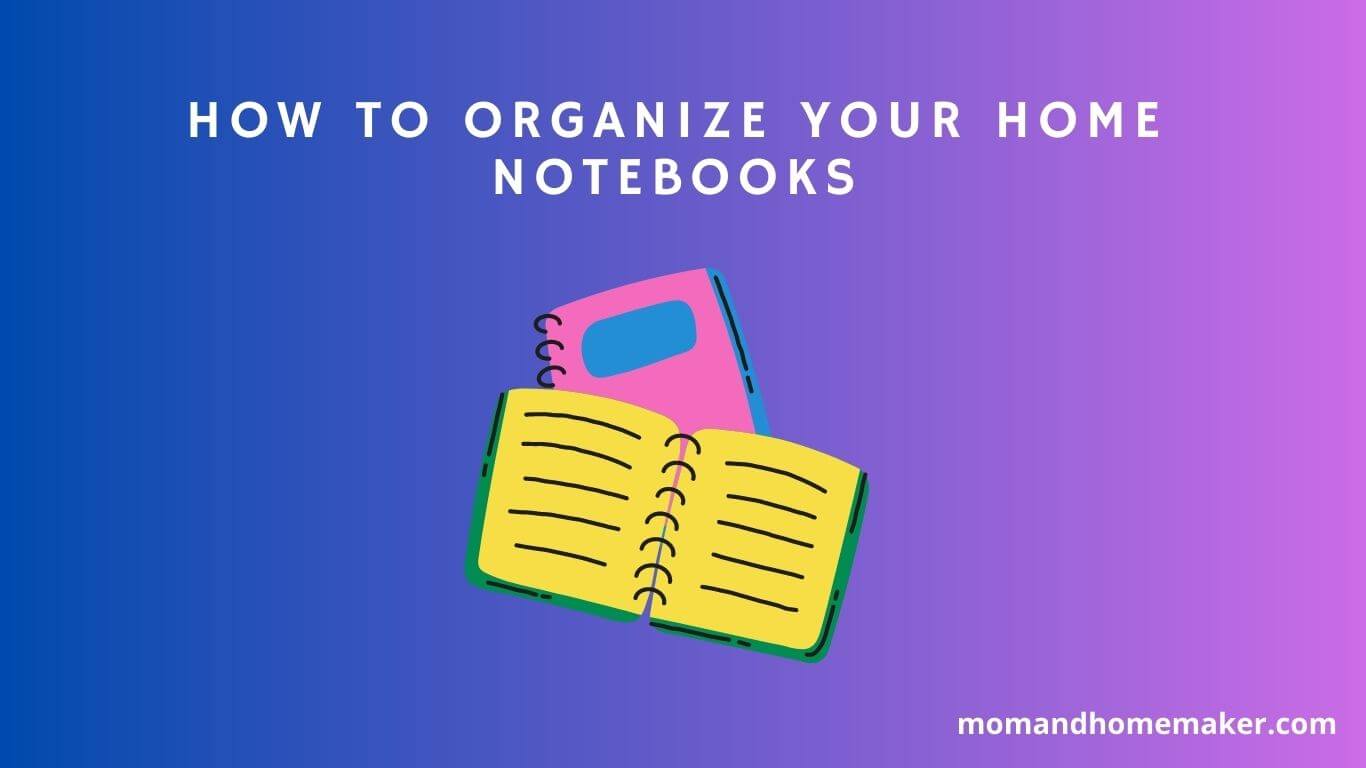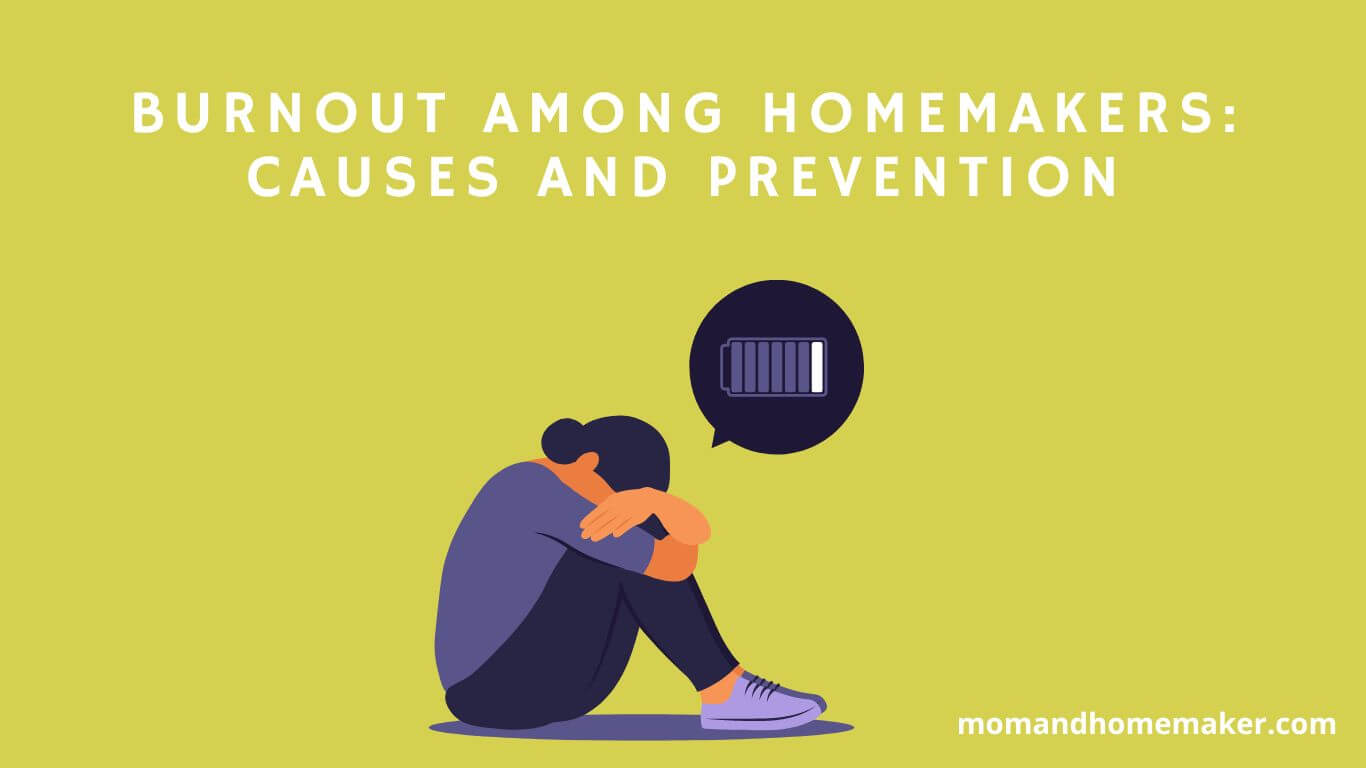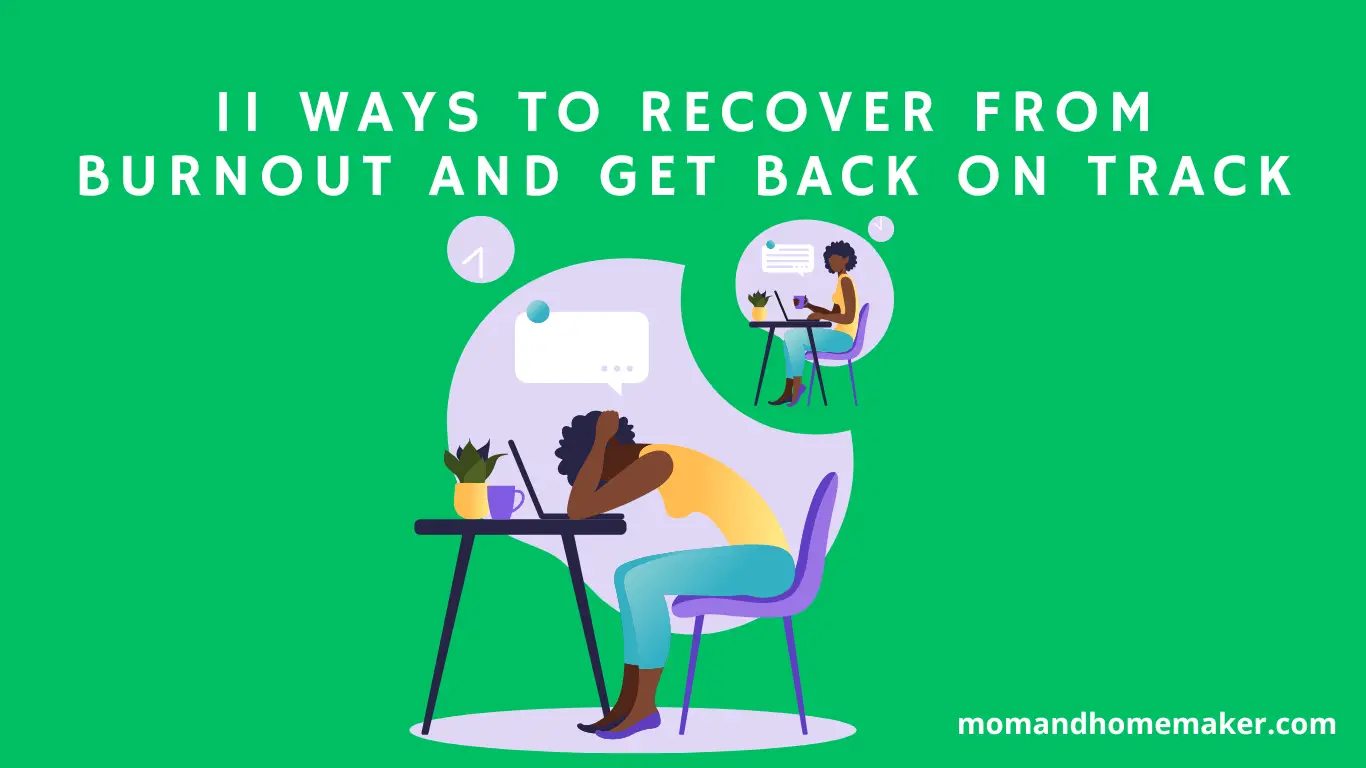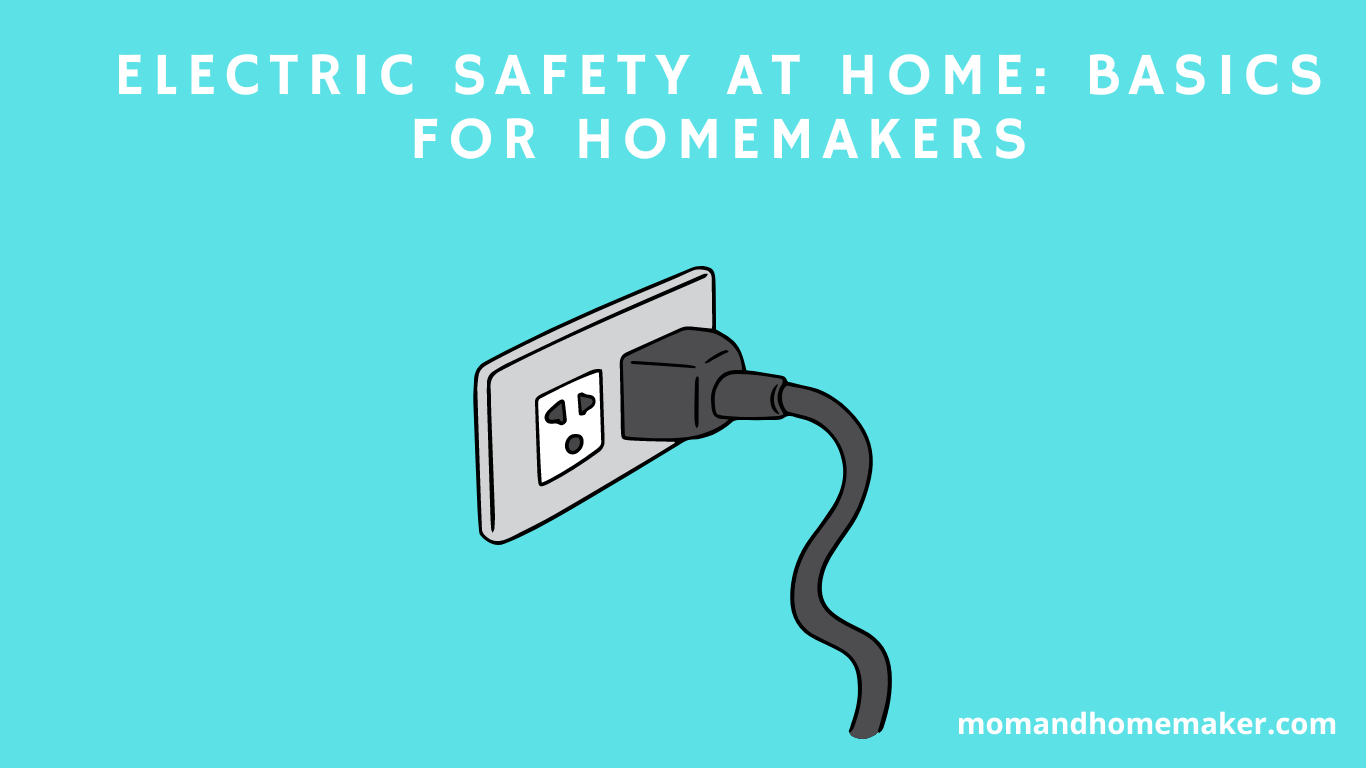Are you someone who loves to keep a notebook for every aspect of your life? Do you have a notebook for recipes, another one for gardening, and yet another one for movie reviews? While this habit may seem therapeutic, it can also lead to an overwhelming amount of clutter. This is where organizing your home notebooks comes in handy.
Having a system in place to manage your notebooks can help you save time and prevent frustration. In this article, we’ll explore some tips on how to organize your home notebooks so that you can easily find what you need when you need it.
Table of Contents
Tricks To Arrange Your Notebooks
1. Assessing Your Needs
Imagine walking into your home after a long day at work. The first thing you see is a pile of notebooks on the kitchen table, some open with pages scattered about. You feel overwhelmed and frustrated – how can you possibly keep track of everything?
This is where assessing your needs becomes crucial. Before diving into organizing your notebooks, take a step back and evaluate what you actually need to keep in them. Are they for work projects or personal hobbies? Do you prefer handwritten notes or digital files? Asking yourself these questions will help you determine what type of notebook system will work best for you.
Once you have a clear idea of your needs, it’s time to start decluttering your space. This may seem daunting, but it’s important to remember that getting rid of unnecessary items can be freeing in the long run. Start by sorting through each notebook and determining what information is still relevant and what can be discarded. Remember, less is often more when it comes to simplifying your life.
2. Decluttering Your Space
Before you start organizing your home notebooks, it’s essential to declutter your space. This step is crucial as it helps you get rid of unimportant items, making room for the things that matter.
Start by going through each notebook and decide which ones are still relevant and which ones you can discard. Once you’ve gone through all your notebooks, it’s time to tackle the rest of your space. Begin with a small area such as a drawer or shelf and work your way up to more significant areas like closets and cabinets.
Here are three simple ways to declutter your space:
- The 10-10-10 challenge: Find 10 items to throw away, 10 items to donate, and 10 items to be returned to their proper location.
- Use the four-box method: Label four boxes as keep, donate/sell, trash/recycle, and relocate. Go through each item in your space and place them in the appropriate box.
- The one-in-one-out rule: For every new item you bring into your home, get rid of an old one.
By following these tips, you’ll have a clean and organized space that will make organizing your home notebooks much more manageable.
3. Sorting And Categorizing
By taking the time to sort through your notebooks and create a system that works for you, you’ll be able to find what you need quickly and efficiently. Gather all of your notebooks in one place. This will allow you to see how many you have and determine which ones are still necessary.
Next, sort them by category such as work, school, personal, etc. Then, within each category, decide on a specific order such as alphabetical or chronological.
Choose the right notebooks for your needs. Consider the size of the notebook and its intended purpose. For example, if it’s for work meetings then a smaller notebook may be more appropriate so it can easily fit in your bag. Think about the cover design; if it’s something you’ll be carrying around often then choose something durable and aesthetically pleasing.
By following these steps and customizing them to fit your specific needs, organizing your home notebooks can become a simple task that will save you time and reduce stress in the long run.
4. Choosing The Right Notebooks
When it comes to organizing your home notebooks, choosing the right type of notebook is essential. The type of notebook you choose will depend on what you plan on using it for.
For example, if you’re using your notebook for work or school, a spiral-bound notebook with lined paper may be the best choice. On the other hand, if you’re using your notebook for personal reflections or creative writing, a blank-page journal may be more suitable.
Consider the size and durability of the notebook as well. If you plan on carrying your notebook around with you frequently, a smaller size that can easily fit in your bag may be more practical. Look for a durable cover that won’t easily tear or get damaged over time.
Choosing the right notebooks comes down to personal preference and intended use. Take some time to think about what you will be using your notebooks for before making any purchases.
5. Labeling And Color-Coding
Labeling and color-coding can be game-changers when it comes to organizing your home notebooks. By labeling each notebook with the appropriate content, you’ll save yourself time and headaches down the road. Using different colors for each notebook will also help differentiate between them at a glance.
One way to label your notebooks is by using sticky notes or labels on the front cover. Write the subject or purpose of each notebook in bold letters, so it’s easy to see from afar. You can also use different colors of sticky notes or labels for each notebook to make them even more distinguishable.
When it comes to color coding, choose a color scheme that works for you and stick with it. For example, if you have four notebooks, assign each one a specific color such as red, blue, green, and yellow. Use those same colors for any tabs or dividers inside the notebook as well. This will create consistency throughout your organizational system and make finding what you need a breeze.
6. Creating A System
Like a well-oiled machine, your home notebooks also need a system that runs smoothly. Without one, you’ll be left with a jumbled mess of papers and notes that are impossible to find when you need them. To avoid this chaos, it’s time to create a system that works for you.
Start by sorting through all your notebooks and papers. Separate them into categories such as bills, recipes, work notes, and personal projects. Label each notebook accordingly using sticky notes or color-coded tabs. This will help you identify which notebook to reach for when needed quickly.
Also, designate a specific space for your notebooks. Whether it’s a shelf in your office or a drawer in the kitchen, make sure they’re all in one location. This way, you’ll always know where to look when searching for something specific.
Maintain consistency within your system. Make sure you’re labeling new notebooks correctly and placing them in their designated area immediately after use. This will save time and prevent clutter from piling up.
7. Establishing A Routine
Establishing a routine is crucial when it comes to organizing your home notebooks. It’s best to set aside a specific time each week to go through and update your notes. This way, you won’t fall behind and can stay on top of any important information.
To start, designate a specific day of the week to dedicate to your notebooks. Maybe it’s every Sunday afternoon or Wednesday evening – whatever works best for your schedule. During this time, go through each notebook and make sure everything is up-to-date.
Take this opportunity to add any new information or remove anything that is no longer relevant. Creating a routine for your home notebooks may take some time to adjust to, but it will ultimately help alleviate the stress of having disorganized notes.
By setting aside dedicated time each week, you’ll be able to maintain an organized system that works for you.
8. Creating A Master Index
I’m sure we’ve all been there – trying to find a document in a stack of notebooks in our homes.
Let’s talk about creating a master index to help us organize them.
First, we need to identify the sections we want to create. Then, we can begin categorizing our content so it’s easier to find. We can also come up with an index system that works for us.
This way, we can quickly locate what we need without having to go through all the clutter.
Creating An Index System
Decide on a naming convention for your notebooks that is easy to remember and consistent across all your notebooks. For example, if you have a notebook dedicated to recipes, consider labeling it as ‘Recipes – [insert category]’ where the category could be anything from ‘desserts’ to ‘dinner ideas.’
Once labeled, create an index page at the beginning of each notebook with a table of contents listing all the topics covered in the notebook. This will make it easy to locate specific information without having to flip through every page.
Lastly, create a master index document or spreadsheet that lists all your notebook titles and their corresponding categories. This document will serve as a quick reference guide for finding any information you need across all your notebooks. Keep this document handy and up-to-date by adding new notebooks or categories as needed.
With these simple steps, organizing your home notebooks has never been easier. Not only will it save you time in the long run but it will also help declutter your workspace and reduce stress when searching for important notes.
Identifying Sections
This will help you further categorize and organize your notes, making it easier to locate specific information quickly. Review the content of your notebook and identify recurring themes or topics. For example, if you have a notebook dedicated to work-related notes, you may have sections for different projects or clients. Once identified, label each section with a clear and concise title at the top of the page.
Next, create an index page for each section in addition to the overall index page for the entire notebook. This will allow you to navigate within each section with ease and find information on specific topics quickly. Consider color-coding each section using highlighters or sticky tabs. This visual cue can help you quickly locate a specific section without having to read through every page of your notebook.
By identifying sections within your notebook and creating corresponding index pages, you’ll have a more organized and efficient system for storing and retrieving important information. It’s also another way to show that serving yourself by being organized is also serving others who rely on you.
Categorizing Content
Categorization is essential in organizing information and making it easier to find specific details quickly. It involves grouping similar items together, creating subcategories, and labeling them appropriately.
When categorizing content, start by reviewing the information in your notebook and identifying recurring themes or topics. For instance, if you have a notebook for recipes, you can categorize them according to meal type, cuisine, or cooking method.
Once you’ve identified these categories, label each one clearly with a concise title on top of the page. Afterward, create an index page for each category and subcategory as needed. This allows you to navigate within each section easily and find relevant information quickly.
You may also consider color-coding each section using highlighters or sticky tabs for visual cues. By categorizing your content effectively, you’ll not only make it easier for yourself to find important information but also help others who rely on your notes. Your colleagues at work or family members at home will appreciate the effort you put into making their lives more comfortable by being organized.
9. Storing And Archiving
As you continue to organize your home notebooks, it’s important to consider how you will store and archive them. This is crucial in ensuring that your hard work and valuable information are preserved for years to come.
When it comes to storing your notebooks, consider investing in a sturdy bookshelf or cabinet that can safely hold all of your notebooks. Keep them in a cool, dry place away from direct sunlight and extreme temperatures. If you have limited space, try using storage boxes or containers that can be stacked neatly on top of each other.
Archiving your notebooks is also an important step to take. This involves creating backups of your notes in case anything happens to the physical copies. Here are three methods for archiving:
- Scan and save digital copies onto an external hard drive or cloud storage service.
- Print out a copy of each page and store them in a separate location from the physical notebook.
- Transcribe important information onto a digital platform such as Evernote or Google Drive.
By taking these steps, you can rest assured that your hard work is safe and secure for years to come.
10. Backing Up Your Digital Notes
Creating cloud backups is a great way to ensure your digital notes are safe and secure. It’s important to make sure they’re stored in a cloud service that’s reliable and offers encryption.
Local backups are also important, and there are various tools that can be used to help you keep the information stored on your hard drive secure. Automated backups are also a great idea, as they can help to save time and make sure that your notes are always up-to-date.
Having a backup plan in place can really help to keep your digital notes organized and safe.
Creating Cloud Backups
Backing up your digital notes is essential to ensure that you won’t lose any important information. One of the best ways to keep your notes safe is by creating cloud backups. This means that you upload your notes to an online storage service, such as Google Drive or Dropbox, where they can be accessed from anywhere with an internet connection.
Creating cloud backups not only protects your notes from accidental deletion or hardware failure but also allows you to easily share them with others. For example, if you’re working on a group project, you can grant access to your cloud backup folder and collaborate in real time.
Most online storage services offer automatic syncing, so any changes you make are instantly saved without needing manual updates. To get started with cloud backups, simply sign up for an account with an online storage service and download their app onto your devices.
Then, create a folder specifically for your notebook backups and start uploading! Make sure to regularly check that everything is syncing correctly and consider setting up two-factor authentication for added security.
With cloud backups in place, you can rest easy knowing that your important notes are safe and accessible whenever you need them.
Local Backups
While cloud backups are great for accessibility and collaboration, they do require an internet connection and rely on the security of the online storage service. That’s where local backups come in handy.
Local backups involve saving a copy of your digital notes onto physical storage devices, such as an external hard drive or USB flash drive. This way, you have a backup that is not dependent on an internet connection or third-party provider. Plus, you can keep your local backup somewhere safe and secure, like a locked drawer or fireproof safe.
To create a local backup, simply connect your device to your computer and transfer your notebook files onto it. You can also set up automatic syncing using backup software so that any changes made to your notes are automatically saved onto the physical storage device.
It’s important to note that while local backups offer more control over the security and accessibility of your notes, they are still subject to physical damage or loss. So it’s best practice to have both cloud and local backups as part of your overall note-taking strategy.
By doing so, you’ll ensure that no matter what happens, you’ll always have access to your important information when you need it most.
Automated Backups
While manual backups can be effective, they require a lot of time and effort to maintain, which may not be feasible for those with busy schedules. Automated backups take the stress out of backing up your notes by automatically creating copies at regular intervals.
With automated backups, you can set up a schedule for your backup software to create a copy of your notebook files without any input from you. You can choose how often the backup occurs, such as daily or weekly, and where it is saved. This way, you don’t have to worry about forgetting to back up your notes or losing important information due to hardware failure or other issues.
Automated backups are also great for those who want peace of mind when it comes to their digital notes but don’t have the technical expertise to perform manual backups. Backup software typically includes user-friendly interfaces that make it easy for anyone to set up and manage automatic backups.
Automated backups are an essential part of any note-taking strategy. By setting up regular automatic backups, you ensure that your notes remain safe and accessible in case of any unforeseen circumstances. So if you haven’t already done so, consider implementing this practice into your workflow today.
11. Maintaining Your System
This means consistently updating and reviewing your notes to ensure they are accurate and relevant. It may be helpful to set aside a specific time each week or month to go through your notebooks and make any necessary updates.
One way to ensure you stay on top of maintaining your system is by using a tracking table. In one column, list the different notebooks you have organized. In the second column, note the last date you reviewed and updated the notebook. In the third column, write down any notes on changes made or areas that need further attention.
Another helpful tip for maintaining your system is to regularly declutter. Over time, it is easy for notebooks to become cluttered with irrelevant information or duplicates of notes. Set aside time every few months to review your notebooks and remove any unnecessary information.
Now that you have learned how to organize and maintain your home notebooks, it’s important to troubleshoot common problems that may arise. Whether it’s difficulty finding a certain note or forgetting where a notebook is located, these issues can be frustrating but easily solved with a few simple tips and tricks.
Troubleshooting Common Problems
If you’re struggling with organizing your home notebooks, there are a few common problems that you might encounter.
One of the most common is simply not having enough space to store everything. This can be especially challenging if you have a lot of different types of notebooks, like work-related ones, personal journals, and school notebooks.
Another problem that people often run into is not having a clear system for organizing their notebooks. This can lead to confusion and frustration when trying to find a specific notebook or piece of information. To avoid this issue, it’s important to establish a consistent labeling system and make sure that all of your notebooks are stored in the same place.
Finally, some people struggle with keeping their notebooks organized over time. It’s easy to start out with good intentions but then let things slip as life gets busy. If this sounds like you, try setting aside some dedicated time each week to go through your notebooks and make sure everything is still organized properly.
By troubleshooting these common problems and establishing good organizational habits, you’ll be well on your way to enjoying the benefits of a well-organized workspace. Not only will you be able to find what you need more easily, but you’ll also feel less stressed overall.
Enjoying The Benefits Of A Well-Organized Workspace
As you sit down at your well-organized workspace, you can’t help but feel a sense of calm wash over you. Everything has its place, and it’s easy to find what you need when you need it. This allows for more productivity and less stress in your daily routine.
A well-organized workspace also allows for creativity to flow freely. When there isn’t clutter or chaos surrounding you, your mind is clear to focus on the task at hand. You can think more clearly and come up with new ideas without feeling overwhelmed by the mess around you.
Enjoying the benefits of a well-organized workspace doesn’t just stop at productivity and creativity. It also has a positive impact on your mental health. When your surroundings are clean and organized, it can have a calming effect on the mind, reducing stress levels and increasing happiness.
By taking the time to organize your workspace, you’ll be able to enjoy these benefits and more. Not only will it benefit you, but it will also allow for a more welcoming environment for others who may need to use the space as well.
Conclusion
In conclusion, organizing your home notebooks is an important step towards decluttering your space and improving your productivity. By following these simple steps, you can create a system that works for you and helps you stay on top of your tasks. Remember to prioritize the items that are most important to you, label everything clearly, and keep your notebooks in an easily accessible location.
For example, take Jane who was struggling to keep track of her children’s schedules and school information. By implementing a notebook system with color-coded tabs for each child and labeling each section with important dates and notes, she was able to easily access information when needed.
This saved her time and eliminated stress during busy mornings trying to remember schedules or important deadlines. It also gave her peace of mind knowing that everything was organized in one place.
Take the time to organize your home notebooks – you won’t regret it!
















